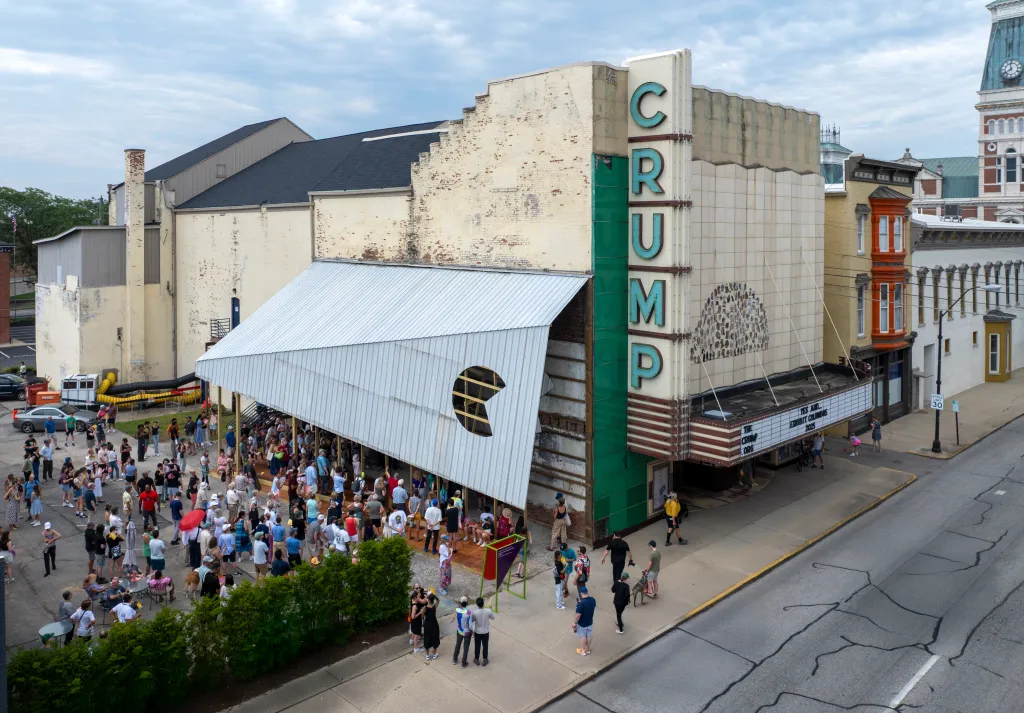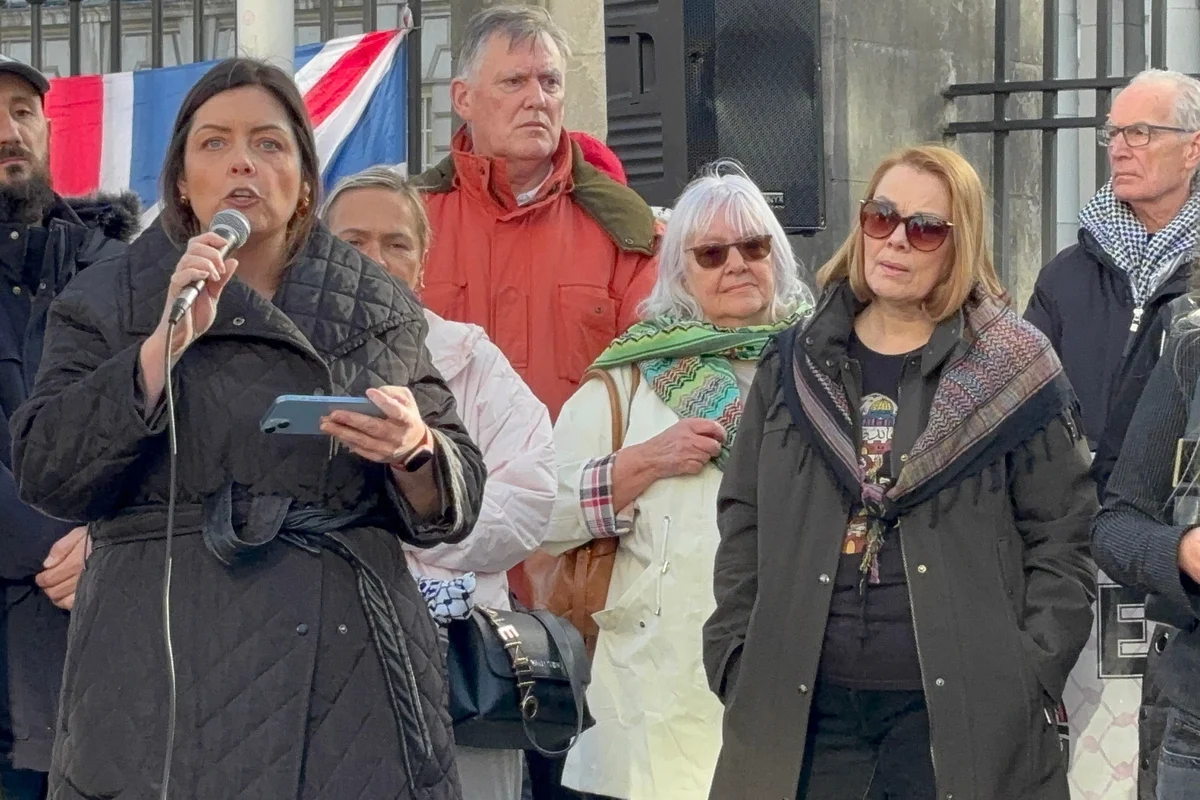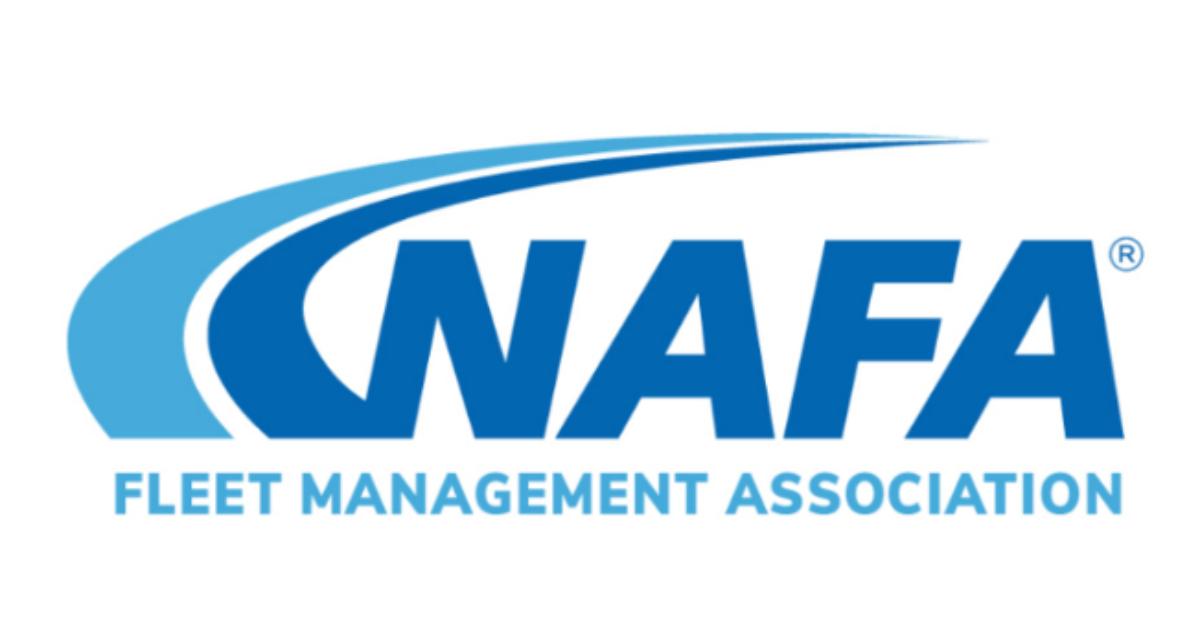Copyright Chicago Tribune

Columbus, Indiana, has been drawing architectural tourists since the middle of the 20th century when civic leader J. Irwin Miller and his Cummins Engine Co. started inviting some of the world’s best-known architects to build in the small city about 40 miles southeast of Indianapolis. The Landmark Columbus Foundation launched Exhibit Columbus a decade ago as a biennial festival of architecture that celebrates the city’s history of daring modern architecture with temporary installations that provide a platform for more than a dozen invited professionals to engage with the city and its built environment. This year, the curators posed the improv prompt “Yes And” as the overriding theme to guide the development of the installations throughout the city’s downtown area. Participants fall into different tiers: four J. Irwin and Xenia S. Miller Prize recipients, six University Design Research Fellow (UDRF) teams, two design education teams and a communication design studio. The exhibition opened in August and remains on display until Nov. 30. Each installation is accompanied by smartly designed identifying signage created by Los Angeles-based Sing-Sing and its partners Adi Goodrich and Sean Pecknold. Chicago-based Charlie Vinz’s Adaptive Operations peeled metal siding off the original masonry exterior wall of the Crump Theatre and created a wood-framed shed structure to support the folded metal planes. Called “Accessing Nostalgia,” it provides a covered aperture into the existing building that contains more than a century’s worth of sometimes troubling histories, older residents’ memories and present-day preservationists’ hopes. The simple covered space and its memorable Pacman “C” carved from its face suggest that a temporary installation can harbor enduring aspirations. “Ellipsis” — an elliptical canopy structure designed by New York-based AD-WO partners Emanuel Admassu and Jen Wood — fills an empty lot left three years ago when the historic Irwin Block Building was destroyed in a fire. The simple structure provides a pleasantly shaded space surrounded by native plantings. Its broad horizontal space subtly recalls Eero Saarinen’s midcentury Irwin Union Bank Building just a half block west on Fifth Street. The structure’s respite is simultaneously urbane and rural while grounded in its Midwestern locale. The reed canopy is supported by a series of charred wood supports that reference the fate of the structure that previously occupied the site. Chicago-born Miami-based Germane Barnes’ Studio Barnes develops the top floor of the Jackson Street Parking Garage as a “multimedia experience” called “Joy Riding.” Designed as a tribute to car culture, the piece is a literal wall of sound with multiple large speakers that can be accessed via Bluetooth for visitors to play their own tunes. But tension between Barnes’ civic-minded design and actual use has been a problem throughout the exhibition’s run. The hours of operation at the city-owned garage are sometimes at odds with the posted times for the installation, and it required breaching several security barriers to access the piece on a recent Saturday afternoon. Eliel Saarinen’s 1942 First Christian Church is the building that introduced modern architecture to Columbus. Its sunken plaza is anchored by the church’s tower, the tallest structure in the city, but the large outdoor space has long been underused. New York-based Nina Cooke John’s Studio Cooke John animates the space with a metal and fabric installation dubbed “Lift” that seeks to draw visitors into the space. Steel frames hold fabric swaths that flutter in the wind like kites to engage visitors while linking the subterranean space with the sky. The UDRF teams consist of architectural academics from around the country. The brick-paved plaza outside the I.M. Pei-designed Cleo Rogers Memorial Library is the site for “Pool/Side” by Chicago-based Akima Brackeen who teaches at the University of Illinois Urbana-Champaign. Her brightly painted purple plywood installation places a shallow wading pool with wraparound seating on axis with the library’s entrance. On the same plaza is “Inside Out” by Chandler Ahrens, Constance Vale and Kelley Van Dyck Murphy (representing Washington University in St. Louis). This one is very inside baseball, but it presents a great puzzle of Columbus design references. The small tower of interior architectural models recalls a dollhouse created by interior designer Alexander Girard for Eero Saarinen’s J. Irwin Miller House in 1953. Twenty Columbus interior spaces are represented including the library immediately to the north and the church across the street to the south. The “yes, and” imperative of improv relies on mutual assent and a willingness to roll with the consequences. The process does not always create great comedy, and its application to design isn’t any different. “A View of the World from Indiana” was an installation by University of New Mexico professor Sarah Aziz who trained at the School of the Art Institute of Chicago. Located on the lawn of St. Peter’s Lutheran Church, it depicted a dozen scantily clad architects including Frank Lloyd Wright, Michael Graves, Marlon Blackwell and Jeanne Gang. Aziz’s invocation of folk art, bathtub Madonnas and nudity didn’t land well with the Exhibit Columbus organizers who shut the installation down with a resounding “no” following the opening weekend in August. Improv isn’t the most obvious model for architecture, but good design is always about negotiating between past, present and future. The most successful installations at this year’s Exhibit Columbus do just that. It’s easy to imagine a restored Crump Theatre that incorporates portions of Vinz’s shed structure and additional seasons of use for Admassu and Wood’s park and canopy. One Miller Prize installation from the last cycle in 2023 remains in place — PAU’s steel-vaulted “InterOculus” that spans the intersection at Washington and Fourth streets. Funding was secured this past week to ensure its continued maintenance and presence for the foreseeable future in Columbus’ downtown. Like the improvisational methods that inspired it, this year’s Exhibit Columbus provides some hits and some misses, but collectively, this year’s participants have added to the city’s enduring display of architecture and design. Edward Keegan writes, broadcasts and teaches on architectural subjects. Keegan’s biweekly architecture column is supported by a grant from former Tribune critic Blair Kamin, as administered by the not-for-profit Journalism Funding Partners. The Tribune maintains editorial control over assignments and content.



